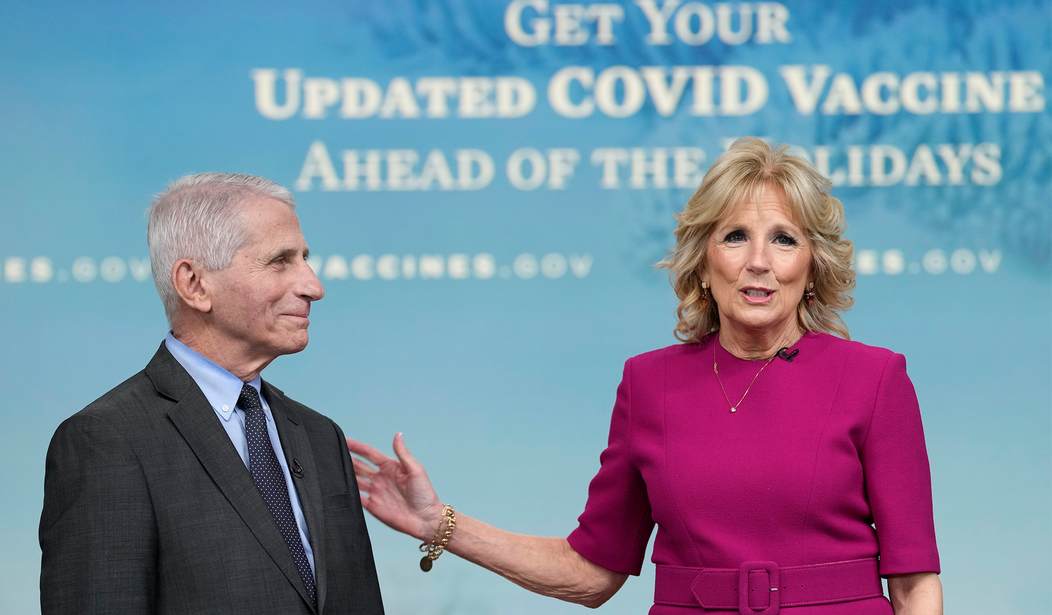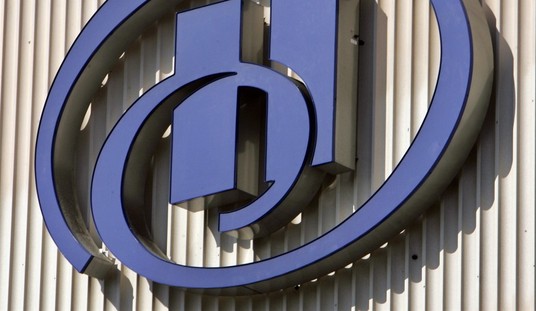I have been waiting for someone smarter than me to do a deep dive into the apparent #diedsuddenly phenomenon.
Finding somebody more intelligent than I am is hard enough; getting them to do the work so I don’t have to is a tall order.
Yet the improbable has happened. Drs. Vinay Prasad and John Mandrola took up the challenge and published a piece at Common Sense, Bari Weiss’ new Substack publication.
Unfortunately, the TL;DR is that we simply don’t know to what extent the apparent rise in sudden death in otherwise healthy folks is caused (or not) by the COVID vaccines. Nor do we know precisely why there has been a significant and persistent problem with excess deaths in the OECD. Could the vaccines be responsible, partially or wholly?
It is not impossible, but it also isn’t even clear if the apparent epidemic of young and otherwise healthy adults keeling over is actually real. The excess deaths are real, and the numbers are really large, and not directly attributable to COVID. Not even close. Hundreds of thousands of people who should still be alive have died of various causes.
Why is it so hard to figure out what is going on? After all, the incentive is high: it literally is a matter of life and death.
Here’s the first problem: there really are only anecdotes regarding people dying suddenly. It’s not that the phenomenon isn’t real; what isn’t clear is whether the “epidemic” is simply an artifact of everybody being hyperaware that this happens. People have always died suddenly; we are focusing a lot of attention on the issue at the moment so the deaths are in the news when they might not otherwise be, and we are all sensitized when we hear about it.
Or it is very real that something new is happening. We don’t know.
Is there truth to any of these claims? Is the public right to be concerned? Are there actually more healthy people dropping dead than usual—or is this simply confirmation bias at work? Can we dismiss anything that travels under the banner of “died suddenly” as conspiracy theorizing? And how should we understand why so many Americans are drawn to this explanation?
At least part of the answer to that last question is the serious information void on this subject—which is what we want to remedy in this essay. One of us is a practicing cardiologist (John Mandrola). The other is a practicing hematologist and professor of epidemiology (Vinay Prasad).
…
There have always been tragic and unexpected deaths of evidently healthy young people. And while it may seem as though more such cases are happening now, that doesn’t tell us whether there really is an increase. For one thing, because there is such high interest in this subject, cases are in the news that might not have been a few years ago.
This is absolutely the case. Everybody who watched the Damar Hamlin tragedy and miracle unfold had the same thought: was it the vaccine? The answer, as with so many of the questions we have, is that we don’t know. His doctors haven’t said anything, and since, thank God, he survived there will remain unanswered questions no matter what. An autopsy looking for heart problems would answer more than any scans or tests. Thankfully, that autopsy will never happen.
We do absolutely know that there has been an epidemic of excess deaths in the Western world and that the vast majority of people in this population are vaccinated. But then again, the vast majority of that same population has gotten COVID as well. That is what we would call a confounding variable, and teasing out the differences between the two populations and assigning probable blame is a matter of difficult statistical analysis.
Nobody has done that. And Prasad and Mandrola point out that the medical establishment in the US has been surprisingly incurious about the question. In fact, Pfizer was required to do a deep dive into the question of cardiac side effects of their vaccine and release data by December, but it has yet to be reported.
By now we were supposed to have a better idea of how often heart inflammation affects people aged 16 through 30 who get the Pfizer vaccine. The FDA authorized Pfizer to conduct a study on this population to look for subclinical myocarditis. It was scheduled for availability at the end of last year, but to date, no news on this pressing issue has been forthcoming. The failure to report this data is notable in light of a recently published study from Thailand, which reported one case of myocarditis and seven cases of cardiac enzyme elevations in 300 adolescents who received two mRNA vaccinations.
What we do know for certain is that there are serious side effects for some people that are attributable to the vaccine and that the CDC has basically punted on the issue. And it is the CDC in particular, as European countries are actively discouraging the use of mRNA vaccines in almost all younger adults due to risks that the CDC denies. Many OECD countries aren’t even offering the vaccine to younger adults (below 50) due to poor risk profiles.
The risks are real and they are quite worrying.
Two additional studies published in the past few months have raised concerns about the connection between the mRNA vaccines and myocarditis. A group at Harvard examined blood from children hospitalized for myocarditis after a Covid-19 vaccination and compared it to blood from healthy children without myocarditis who also had the vaccination. Their main finding was striking and unexpected: The children with myocarditis had dramatic elevations in the circulating Covid-19 spike protein generated by the vaccine. This suggests that prolonged exposure to the spike protein may be a causal factor in vaccine-caused myocarditis.
The second study, from Germany, reported autopsy findings from 25 people who died unexpectedly within 20 days of receiving a Covid-19 vaccination. In four, acute myocarditis appeared to be the cause of death. Notably, the four affected persons were older adults. These results are not definitive, but the authors called for more detailed studies exploring the possibility of fatal adverse events from the vaccine.
I wrote about that German study a while back because it actually pointed to a possible explanation of the link between vaccines and heart problems. Again, American health officials are remarkably incurious about potential problems associated with the vaccines and surprisingly insistent that everybody–regardless of likely benefit to their own health–get the jab.
It’s one thing to have made a mistake–even a huge one–with regard to vaccine recommendations; it is quite another to ignore growing evidence that at least for some people the risks of the vaccine outweigh the risks from the disease. The CDC has crossed that line. It did so a long time ago. I am not saying that–those countries that have pulled back from vaccinating large swathes of their population due to excessive risk are saying that.
So what is causing the indisputable rise in excess deaths? We don’t really know, and it will take serious statistical analysis to find out.
A recent op-ed in The Wall Street Journal asserted that there were many “excess deaths” —that is, more than the number normally expected—during 2020 and 2021 that were not attributable to Covid. These non-Covid deaths were strikingly high, 30 percent above expectations, the authors say, for those between the ages of 18 to 64. They attribute these deaths to the deadly effects of lockdown: deaths from drug overdoses, alcoholism, and homicide, as well as from diseases like diabetes and heart disease. They write: “The CDC data show the rate of non-Covid excess deaths in the first half of 2022 was even higher than 2020 or 2021. These deaths therefore likely already exceed 250,000, disproportionately among young adults.”
But we don’t know anything about how many of the heart-related deaths of the past two years can be attributed to vaccines, as opposed to the harms of lockdown, or multiple other causes. To establish this would require painstaking statistical work. Moreover, the best efforts would have to take advantage of what are known as natural experiments—that is, variations that have occurred between otherwise comparable groups for essentially random events. Economists make a living looking for such events, and their skills are desperately needed here.
It’s frustrating, even disheartening that we still don’t know. Especially in an environment where the powers-that-be are so committed to being incurious about, even dismissive of, genuine concerns about potential problems.
It’s easy to have strong opinions about such matters, but difficult to actually back them up without concrete data. Both Prasad and Mandrola believe that, for many people, the vaccine has a reasonable risk profile. But they, unlike the public health intelligentsia, acknowledge that we are way too ignorant about the risks and the CDC is far too gung-ho on jabbing everybody. They think the vaccine should only be taken by people whose risks from COVID infection are high.
There is far too much that we don’t know, and far too little curiosity on the part of the people whose job it is to protect the public.
I hope that somebody I can trust will finally dothe statistical analysis necessary to figure out what is actually going on. It will eventually happen. It will be expensive, take far too long, and be very controversial when it does happen. But it will eventually happen.
Unfortunately, the data will come too late for people who are having to make decisions right here, right now.








Join the conversation as a VIP Member